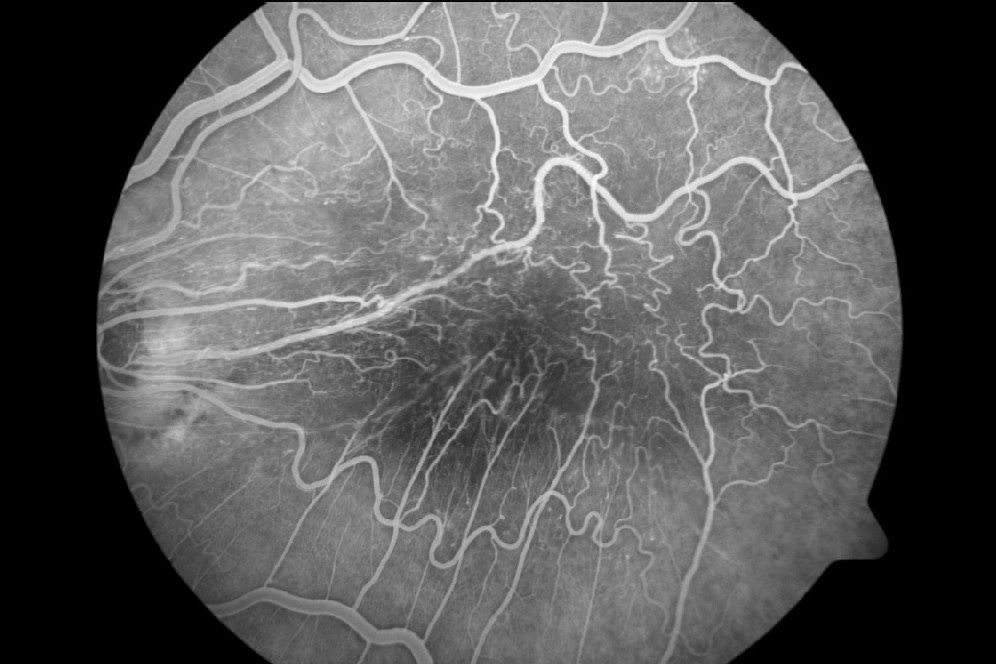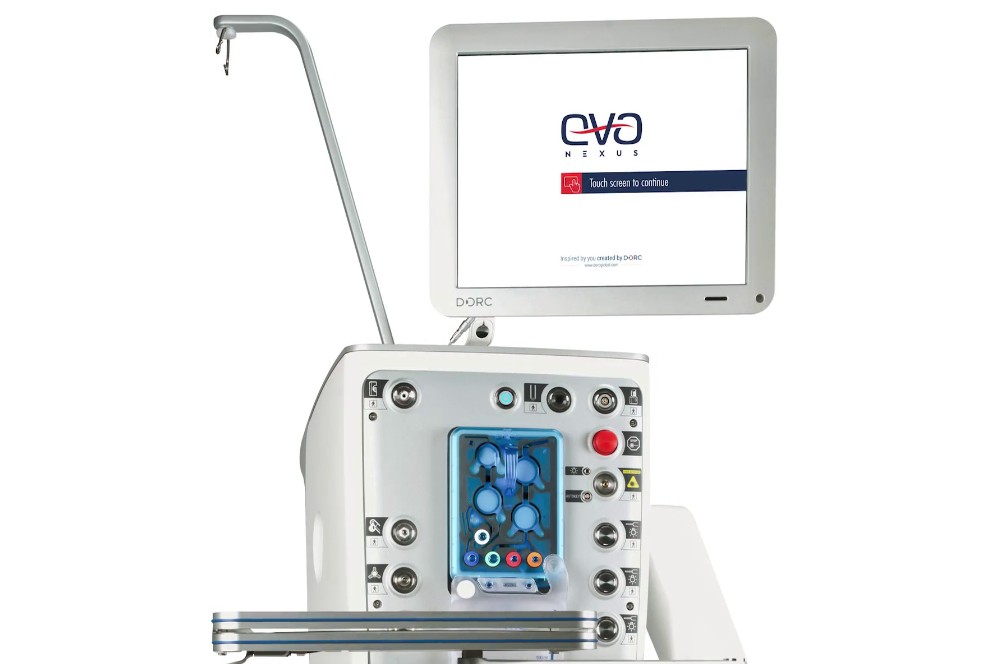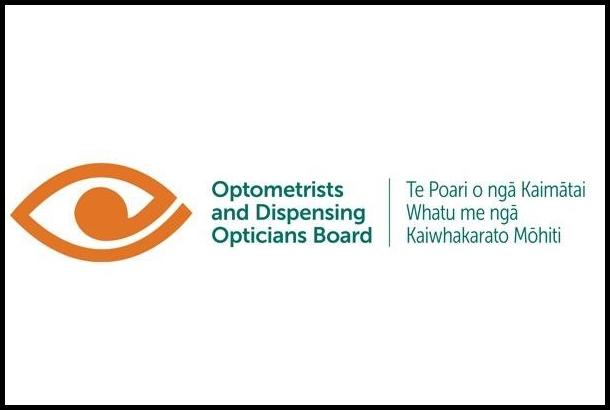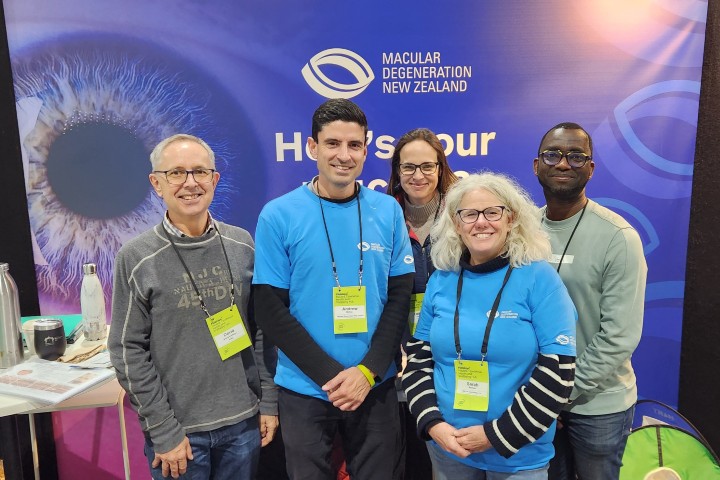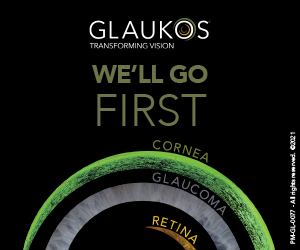Eyes offer prognostic clues in leukaemia
Researchers in India have found that ocular findings and leukaemia subtype can predict visual prognosis, with AML and CML linked to poorer outcomes.
In a retrospective review of 244 patients (378 eyes) seen between 2016 and 2024, the mean age at presentation was 35 years. Acute lymphocytic leukaemia (ALL) was the most common subtype (58%), followed by chronic myeloid leukaemia (CML, 20%). Acute cases presented at a younger age with more severe ocular signs.
Analysis showed epiretinal membrane (OR 0.110, 95% CI 0.012–0.951, p=0.04), submacular haemorrhage (OR 0.091, 95% CI 0.010–0.763, p=0.027) and subtype (AML OR 3.20, 95% CI 1.70–6.01, p<0.001; CML OR 6.39, 95% CI 3.13–13.04, p<0.001) were significantly associated with poor visual outcomes. On multivariate regression, AML (OR 2.77, p=0.004) and CML (OR 7.31, p<0.001) remained independent predictors.
“Pattern recognition facilitates timely recognition, risk stratification, management and disease remission prediction. Detailed eye examinations in leukaemia patients may therefore assist in risk stratification and management planning.”









